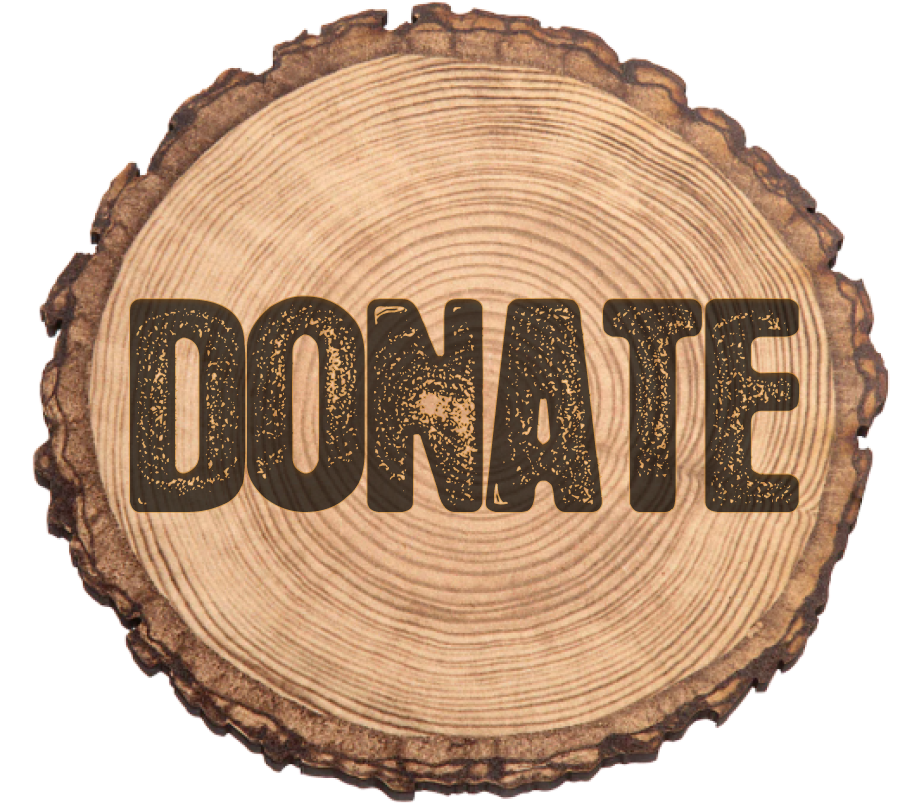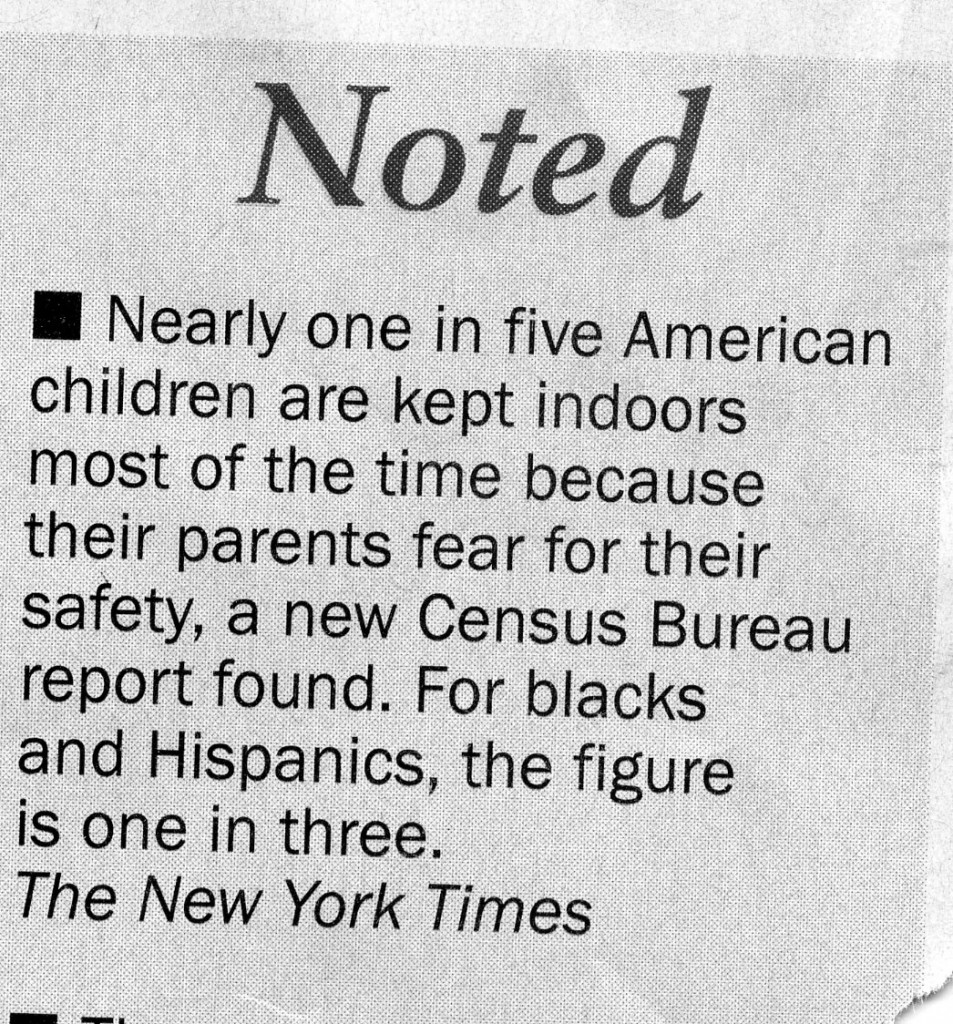- We have 55+ staff for 90 campers. Consider that a school usually has around 1 teacher for 25 students. We normally operate at 45 staff working with children (others are mostly maintenance and kitchen staff).
- While the accepted ratio for lifeguards to swimmers is 1:25, we always maintain a ratio of 1:10. We are extra vigilant.
Safety is a delicate tool. We know how to use it wisely.
- Staff are first aid and CPR certified
- Staff usually receive over 200 hours of training BEFORE the children arrive. Sometimes the training and preparation is 300-400 hours.
- A nurse, EMT, medic, nurse practitioner, or medical doctor resides at camp during normal summer camp sessions.
- Camp Augusta is fully committed to the health and safety of all its campers and staff and complies with local laws and camping industry standards.
- All existing and new clinics undergo a safety audit. If you would like to see one, or review a lesson plan with us, please contact Camp Augusta.
Philosophy of Risk
Camp Augusta takes the risks present at camp seriously, and we work to minimize them as we can, but we also recognize and facilitate the undertaking of activities where the risk of injury is present and generally more likely than life at home, sometimes significantly.
In relation to children, risk seekers are healthier human beings than risk avoiders. When children are put in a bubble with low risk, they end up seeking it at some point, often with a greater thirst, and in situations that don’t offer safety valves. For example, one of the most dangerous things a teenager might do is get in a car with 2 or more teenagers in it without an adult, especially at night, and especially again on a weekend. Traffic accidents are the leading cause of death in teenagers, with 5000 deaths and 250,000 injuries, yearly (The Week, 10/16/09). Learning to deal with risk is as important as learning to eat healthy and exercise. In some ways, it is more important, as children and teenagers die not from poor health habits, but from poor abilities to manage risk. At Camp Augusta, we aim to provide a lot of opportunities to explore and learn to deal with risky situations. In doing so, we cannot guarantee zero injuries. When they do happen, we try and keep the injuries to non-long-lasting ones.
Two of our most serious camper injuries have been:
1. A 3rd degree burn from a camper sitting on a hand-crank ice cream machine in 100 degree weather. She was 16 years old, asked several times if she was okay, and she said she was absolutely fine. Frost bite on a hot day did not seem likely, and the not-young camper emphatically said she was fine.
2. In a soap-box-derby-like cart, we had two serious concussions and a torn spleen; we no longer offer that activity.
We have had broken bones (a few every summer), chipped teeth, abrasions (numerous), minor puncture wounds, mostly first degree burns, small lacerations, stitches, sprains, stings, poison oak, bruises, small and moderate concussions, as well as many other injuries. The most common injuries by far, summer after summer, are abrasions, small cuts, sprains, small and moderate concussions (plus 2 severe mentioned above), broken bones, and bruises.
The clinic activities that have more significant risks are setup with a level-based system, so that campers have more skill when doing more risky activities. For example, fire-spinning campers must pass through levels that test whether they can spin the staff, poi, or dart without hitting themselves. Also, brief contact with the flame does not burn. Some counselors will light the bottom half of a staff by grabbing the top, lit portion and then touch the bottom portion while their hand is briefly on fire; they are fine.
If you have questions about any of our activities, or anything in regard to safety at camp, please do not hesitate to call us.
| Choking game | More on the choking game above — story from NPR |
| CNN video on texting while driving | Moving video from a mother whose child died, and the challenges of changing this very dangerous behavior. |
| How children lost the right to roam | Fascinating graphic about the range of children across generations. A point about the power of nature as well. |
| Risk and boomerang children | The percentage of 20-somethings living at home doubled between 1980 and 2008. |
| Teens need risky experiences | “teens need opportunities to leap despite the odds that they will fall down. Teens need adults who are involved enough to create those “carefully calibrated opportunities for failure,” and who are brave enough to let them fail, so that they might learn to get up on their own.” |
| Driving with a cold is dangerous | The sneezing, tearing, fever, and puffy eyes make your reactions behind the wheel as slow and unsteady |
| Smoking pot increases risk of car crashes | People who reported driving within three hours of using marijuana, or drivers who tested positive for the drug, were more than twice as likely to be involved in a car crash compared to other drivers |
| Parents severely underestimate teen drug and alcohol use | 10% believe their teen drinks, and 5% smoke pot, and the reality is more likely 52% and 28% respectively. |



